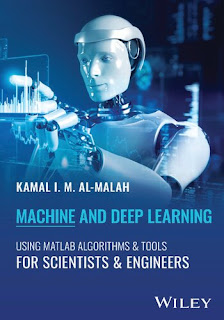Multi-physics Processes in Soil Mechanics and Advances in Geotechnical Testing
Liangbo Hu, Xiaoqiang Gu, Junliang Tao, Annan Zhou ... 514 pages - Language: English - Publisher: Springer; (May, 2018) - ISBN-10: 9811301212 - ISBN-13: 978-9811301216.
This book is the second volume of the proceedings of the 4th GeoShanghai International Conference that was held on May 27 - 30, 2018. This conference showcased the recent advances and technology in geotechnical engineering, geoenvironmental engineering and transportation engineering. This volume, entitled “Multi-physics Processes in Soil Mechanics and Advances in Geotechnical Testing”, covers a wide range of topics in soil mechanics, focusing on the behaviours of partially saturated soils, combined effects of multi-physics processes in geological materials and systems, and emerging methods and techniques in geotechnical in-situ testing and monitoring. This book may benefit researchers and scientists from the academic fields of soil and rock mechanics, geotechnical engineering, geoenvironmental engineering, transportation engineering, geology, mining and energy, as well as practical engineers from the industry.
Each of the papers included in this book received at least two positive peer reviews. The editors would like to express their sincerest appreciation to all of the anonymous reviewers all over the world, for their diligent work.
This book is the second volume of the proceedings of the 4th GeoShanghai International Conference that was held on May 27 - 30, 2018. This conference showcased the recent advances and technology in geotechnical engineering, geoenvironmental engineering and transportation engineering. This volume, entitled “Multi-physics Processes in Soil Mechanics and Advances in Geotechnical Testing”, covers a wide range of topics in soil mechanics, focusing on the behaviours of partially saturated soils, combined effects of multi-physics processes in geological materials and systems, and emerging methods and techniques in geotechnical in-situ testing and monitoring. This book may benefit researchers and scientists from the academic fields of soil and rock mechanics, geotechnical engineering, geoenvironmental engineering, transportation engineering, geology, mining and energy, as well as practical engineers from the industry.
Each of the papers included in this book received at least two positive peer reviews. The editors would like to express their sincerest appreciation to all of the anonymous reviewers all over the world, for their diligent work.








